japanese whiskey
Japanese Whiskey: A Look at its History!
James Lau
Posted on February 13, 2025
Share:
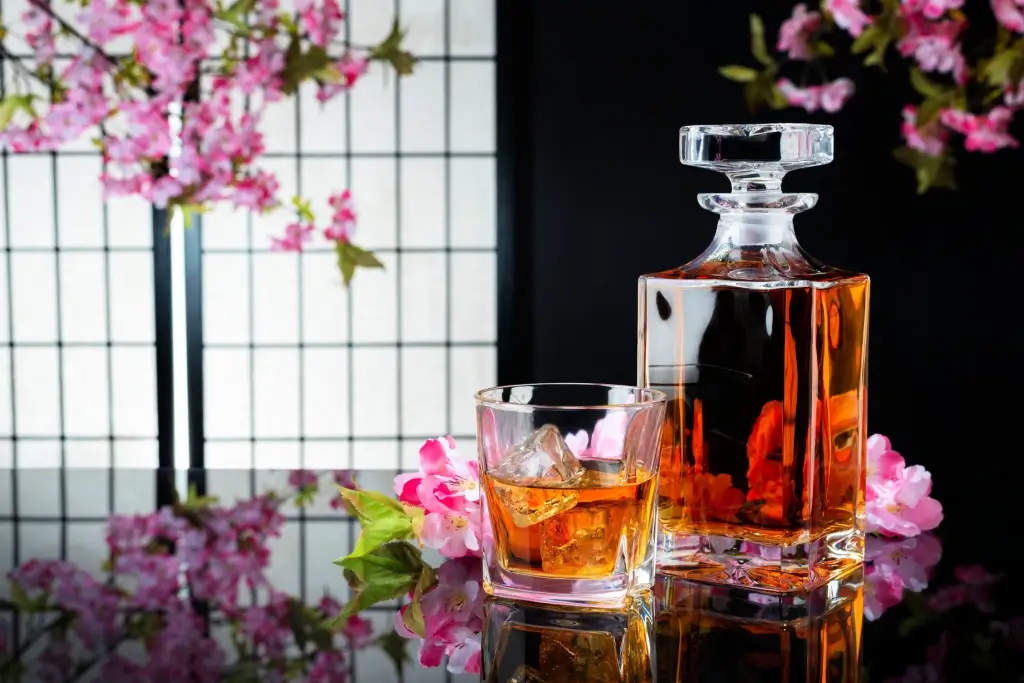
Japanese whiskey (traditionally spelled “whisky”) has gained worldwide recognition for its craftsmanship, smooth flavors, and unique production methods. Inspired by Scottish traditions but refined with Japanese precision, these whiskies offer a delicate balance of flavors that appeal to casual drinkers and experts!
When did people first produce whiskey in Japan?
Whiskey production in Japan began in the early 20th century. The first significant attempt at making whiskey was in the 1920s when Shinjiro Torii opened Japan’s first whiskey distillery. Around the same time, Masataka Taketsuru, who had studied whiskey-making in Scotland, helped him develop the Japanese whiskey industry. He later founded his company, Nikka, and established the Yoichi Distillery in 1934.
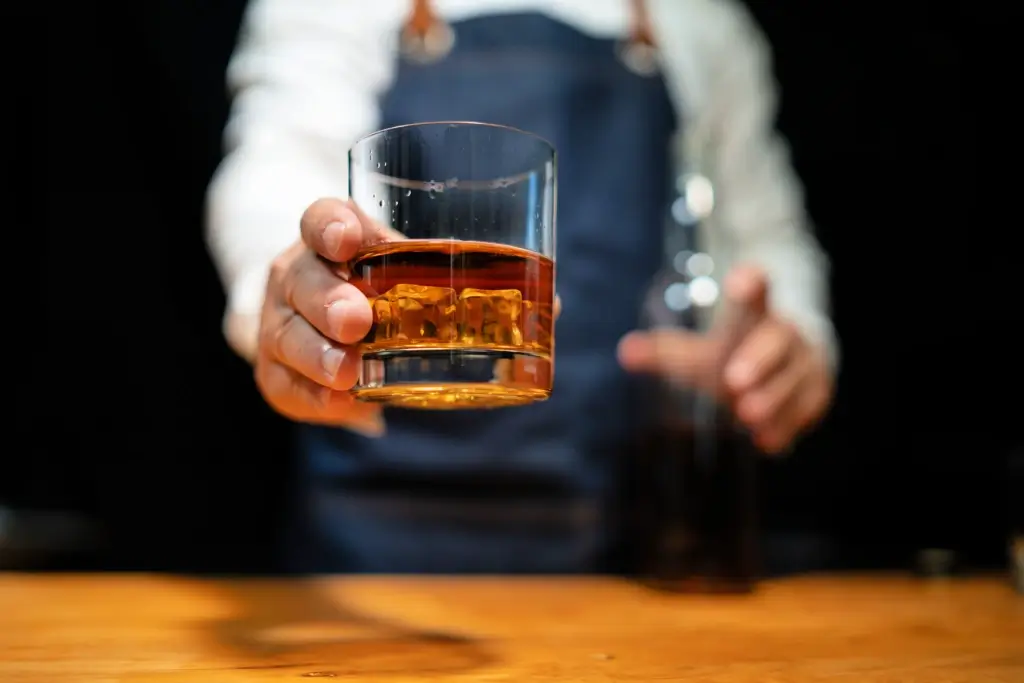
Before the 1920s, Japanese people imported and consumed whiskey, but it was not locally produced on a large scale. The smooth and refined style of Scotch whiskey inspired early efforts to make the drink in Japan. Over the decades, Japanese whiskey gained recognition for its high quality and unique flavors. It won international awards by the late 20th century, cementing its place in the industry.
What’s the difference between Japanese whiskey and Western whiskey?
There are many distinctions between the two styles. As mentioned earlier, the Japanese spelling of “whiskey” follows the Scottish tradition by omitting the “e.” Japanese whiskey is known for its delicate flavors, featuring floral, fruity, and umami notes. Scotch whiskey can be smoky and bold, especially with peated malt. Japanese distillers also experiment with different woods for aging, which adds unique spicy and incense-like flavors.
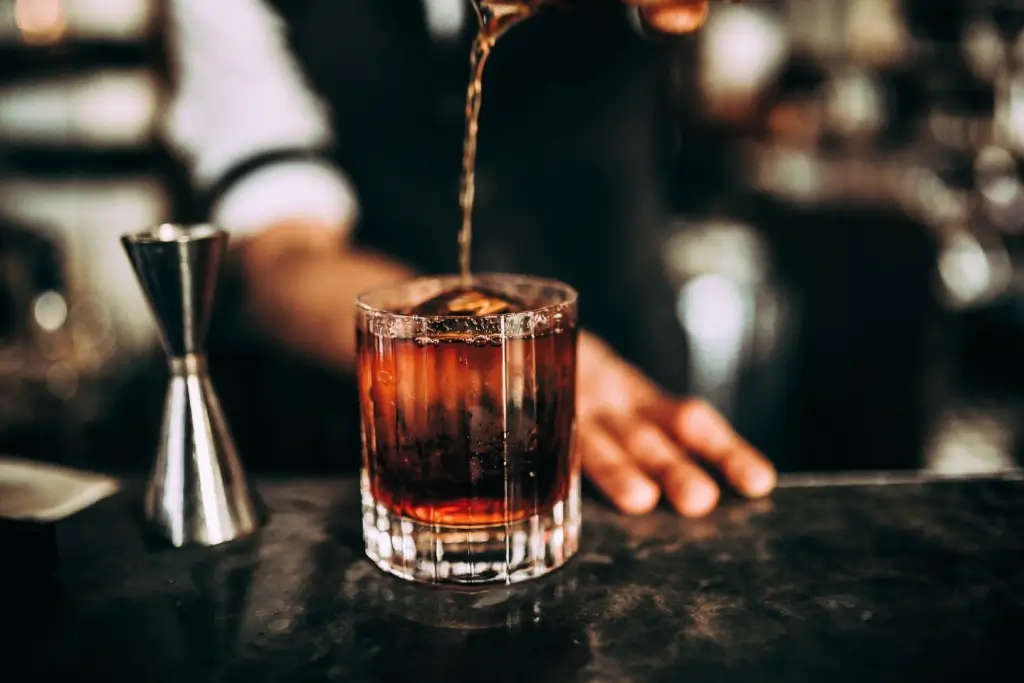
Another big difference is in blending and production methods. Japanese makers focus heavily on balance and precision, often blending different styles to create smooth flavors. In Scotland, distilleries typically specialize in a single style, and independent blenders combine whiskies from multiple sources. The Japanese-style alcohol is crafted with attention to water quality, fermentation, and climate, which impact its character.
What was the first whiskey distillery in Japan?
The first distillery in Japan was the Yamazaki Distillery, founded in 1923 by Shinjiro Torii, the creator of Suntory. He chose Yamazaki because of its pure water and ideal climate for aging. Torii was inspired by Scotch whiskey but wanted to create a unique Japanese style. He hired Masataka Taketsuru, who had studied whiskey-making in Scotland, to help establish the distillery.
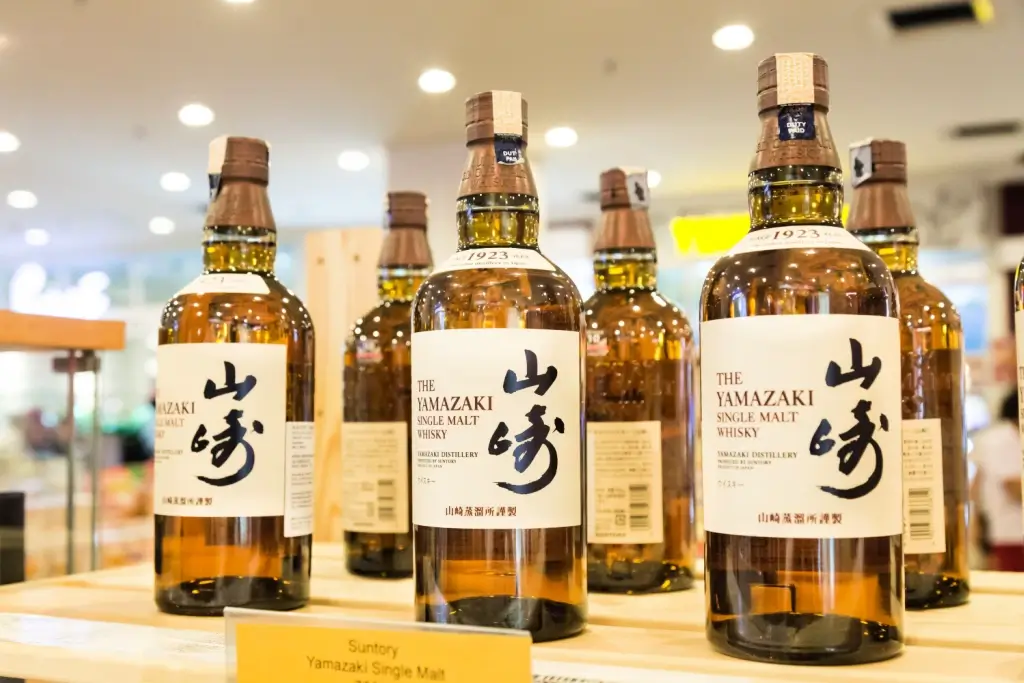
Yamazaki Distillery produced Japan’s first commercial whiskey and quickly gained recognition for its smooth and refined taste. Over time, it developed a signature style using a variety of cask types, including Mizunara oak. The distillery became famous worldwide, winning awards and influencing production in Japan. Today, Yamazaki remains one of the most respected brands, known for its craftsmanship and high-quality spirits.
Are you looking for unique snacks from Japan? Check out Sakuraco! Sakuraco delivers traditional Japanese snacks, teas, and sweets from local Japanese makers directly to your door so you can enjoy the latest treats directly from Japan!
Are there any other notable distilleries in Japan?
New Karuizawa Distillery
The New Karuizawa Distillery is a modern revival of Japan’s legendary Karuizawa whiskey in Nagano, which originally ceased production in 2001. It uses the same water source and climate conditions to maintain a connection to the original drink. The distillery was rebuilt by Shigeru Totsuka and guided by the late Osami Uchibori, the former Master Distiller of the original Karuizawa, and his apprentice Yoshiyuki Nakazato, who now leads production.
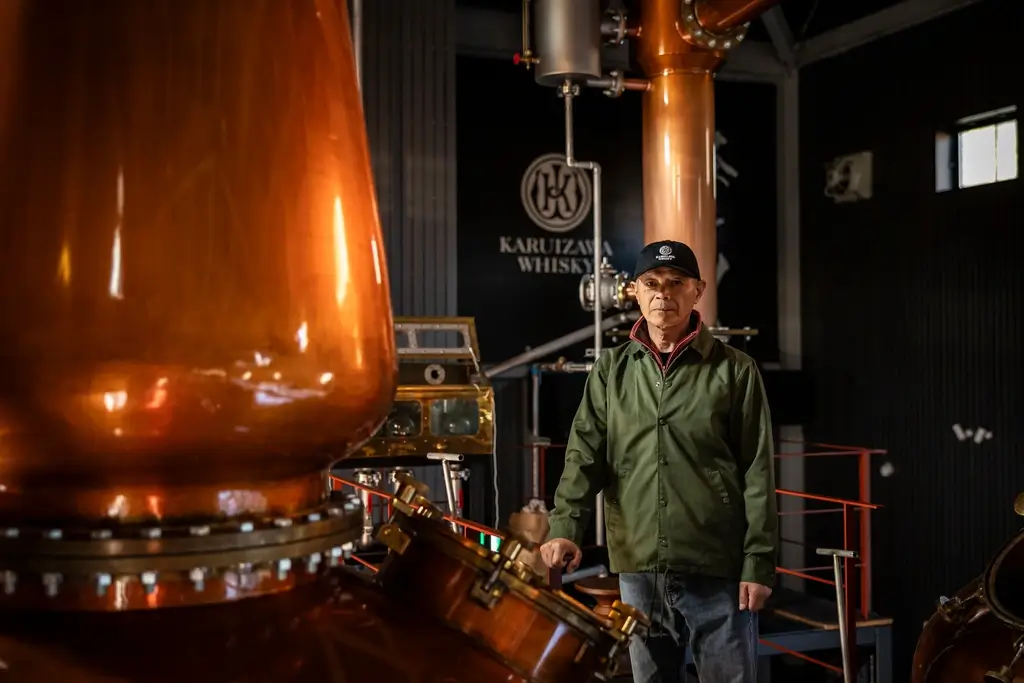
The new distillery carefully replicates traditional Karuizawa techniques, using Forsyth stills designed to match the originals. It focuses on aging its alcohol in first-fill Oloroso sherry casks, maintaining the rich, deep flavors that made Karuizawa famous. With an annual production capacity of just 110,000 liters, it remains one of Japan’s smallest distilleries, emphasizing quality over quantity.
Mars Shinshu Distillery
Mars Shinshu Distillery is a high-altitude whiskey distillery located in the Japanese Alps, making it Japan’s highest distillery. It was founded in 1985 by Hombo Shuzo, a company with a long history in sake and shochu production. The mountain climate and pure water from melted snow create ideal conditions for aging. Today, it produces a range of single malts and blended whiskies known for their smooth and complex flavors.
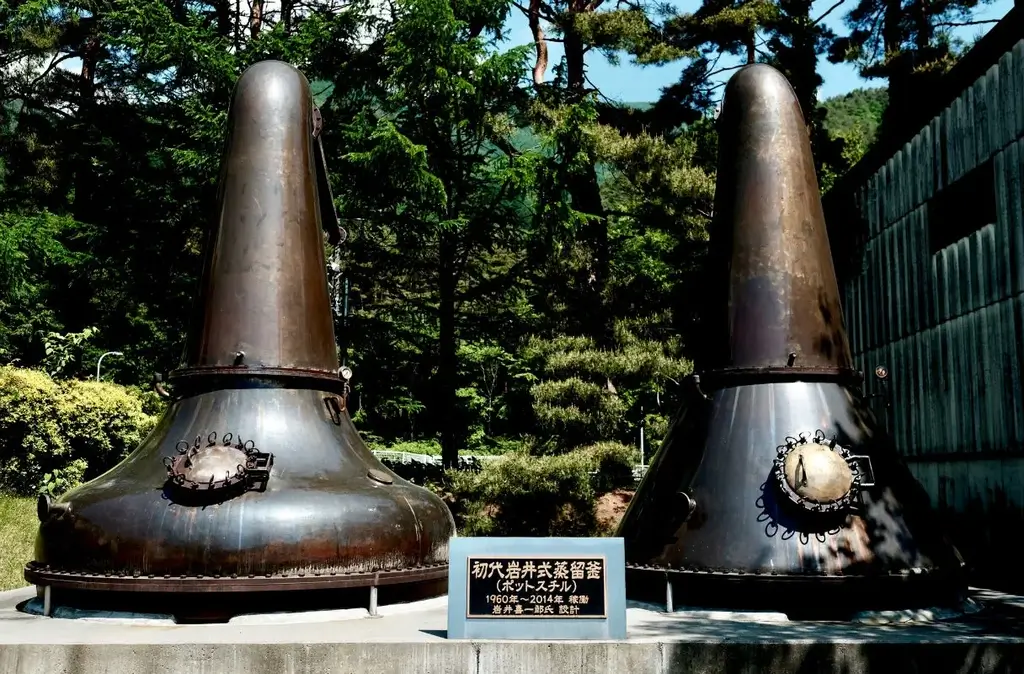
It’s famous for its innovative approach, experimenting with different cask types and aging techniques. It uses American oak, sherry, and wine casks to develop unique flavor profiles. The distillery also operates a second site, the Mars Tsunuki Distillery, to explore different climate effects on aging. With its commitment to craftsmanship and innovation, Mars Shinshu has gained recognition worldwide.
Yoichi Distillery
The Yoichi Distillery, founded in 1934 by Masataka Taketsuru, is located on Japan’s northern island of Hokkaido. Taketsuru chose this location for its similarity to Scotland’s climate, with cold temperatures and access to fresh water and peat. The distillery is known for its traditional methods, including direct coal-fired pot stills. Yoichi whiskies are described as smoky and peaty, capturing the spirit of classic Scotch while adding a Japanese twist.
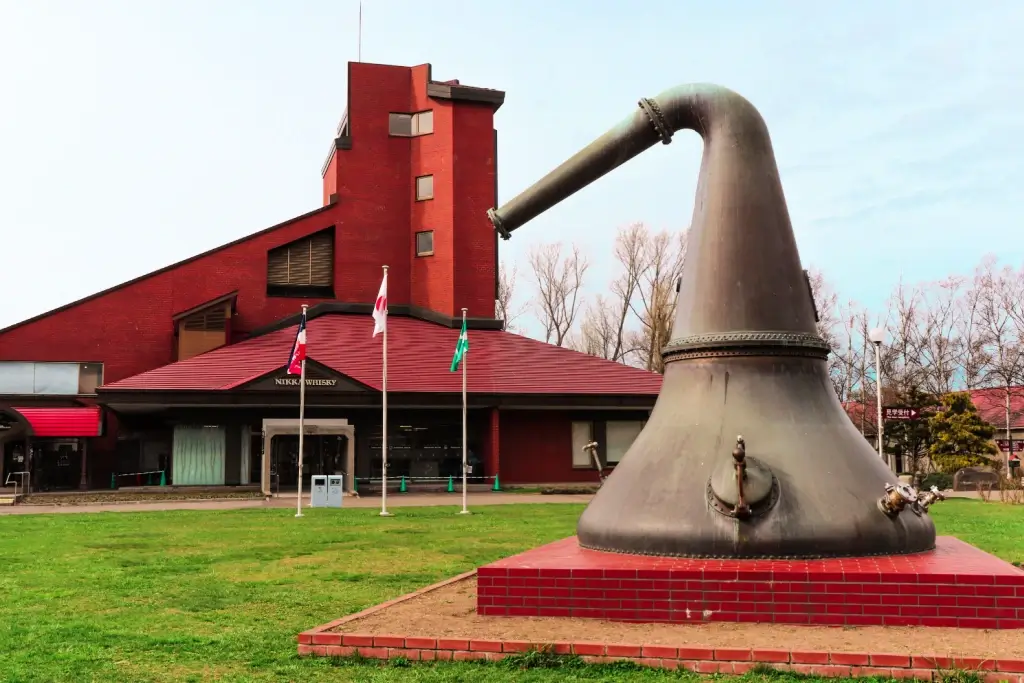
Today, Yoichi is part of the Nikka brand and continues to produce high-quality single malts and blends. The distillery features a museum where visitors can explore the history of Japanese whiskey and learn about Taketsuru’s pioneering journey to create authentic Japanese whiskey. Yoichi’s commitment to quality and tradition is reflected in its award-winning whiskies, which have captivated enthusiasts worldwide.
Why is Japanese whiskey unique?
Japanese whiskey is unique because of its craftsmanship and dedication to precision. Distillers pay close attention to every step of production. Many distilleries, like Yoichi and Yamazaki, use traditional methods such as direct coal-fired pot stills or Mizunara oak cask aging, which add distinct flavors. Japanese alcohol is also notable for its balanced and refined taste, often blending multiple styles to create harmony in each sip.
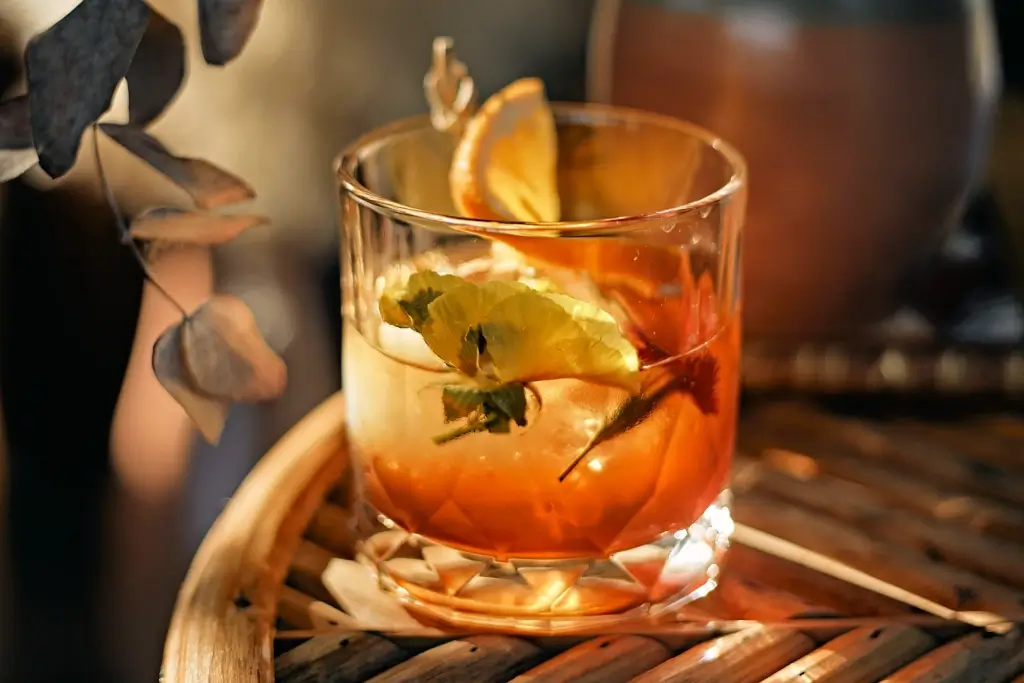
Another reason Japanese whiskey stands out is its climate influences. Japan’s diverse climate, from Hokkaido’s cold mountains to Kyushu’s humid regions, affects how the drink matures. Some distilleries even operate in multiple locations to study the impact of climate on aging. This commitment to tradition and innovation allows the drink to develop an identity that differentiates it from other styles worldwide. Do you have a favorite Japanese whiskey? Which one do you prefer? Let us know in the comments below!
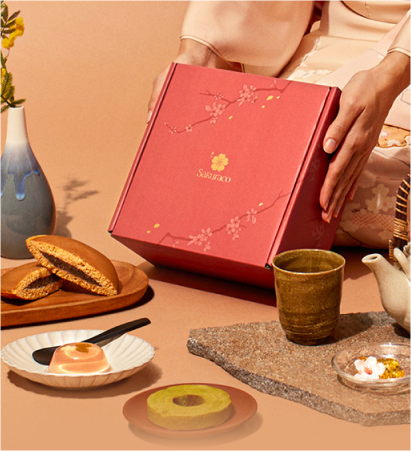
Discover authentic flavors with Sakuraco
Get Sakuraco 

Discover authentic flavors with Sakuraco
Get Sakuraco 
Related Articles
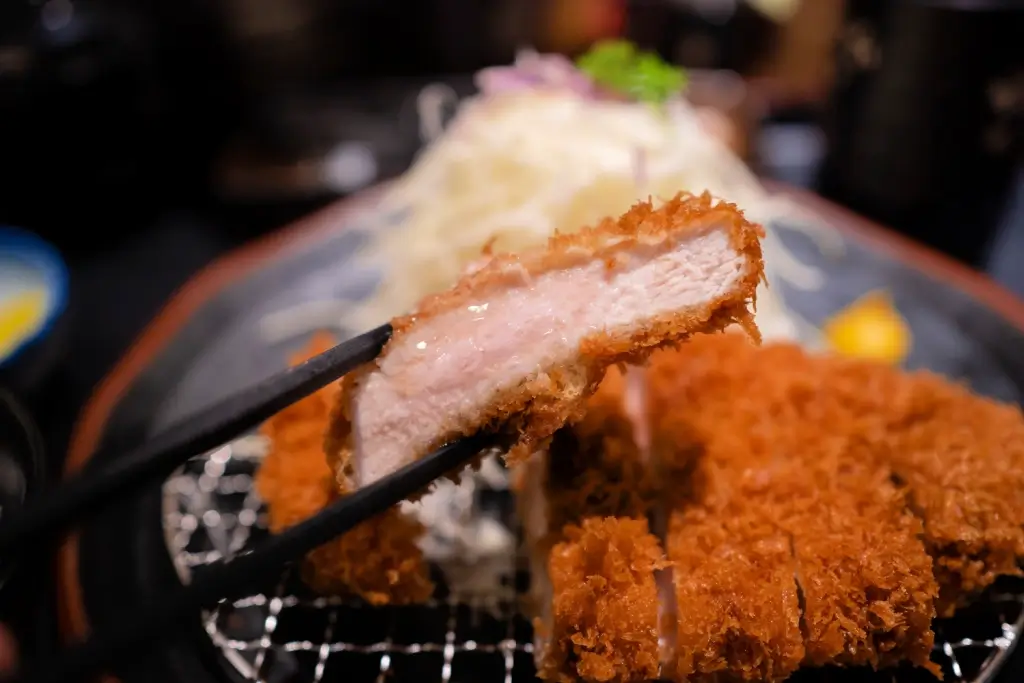
Tonkatsu Luxury Restaurants: Best Ones to Try!
Don’t miss out on tonkatsu if you’re traveling to Japan! Tourists often add the meal to their must-eat list because of its delicious and satisfying nature. Even better, you can elevate the experience by going to luxury restaurants across Japan, where you can experience some of the most celebrated pork cutlets.
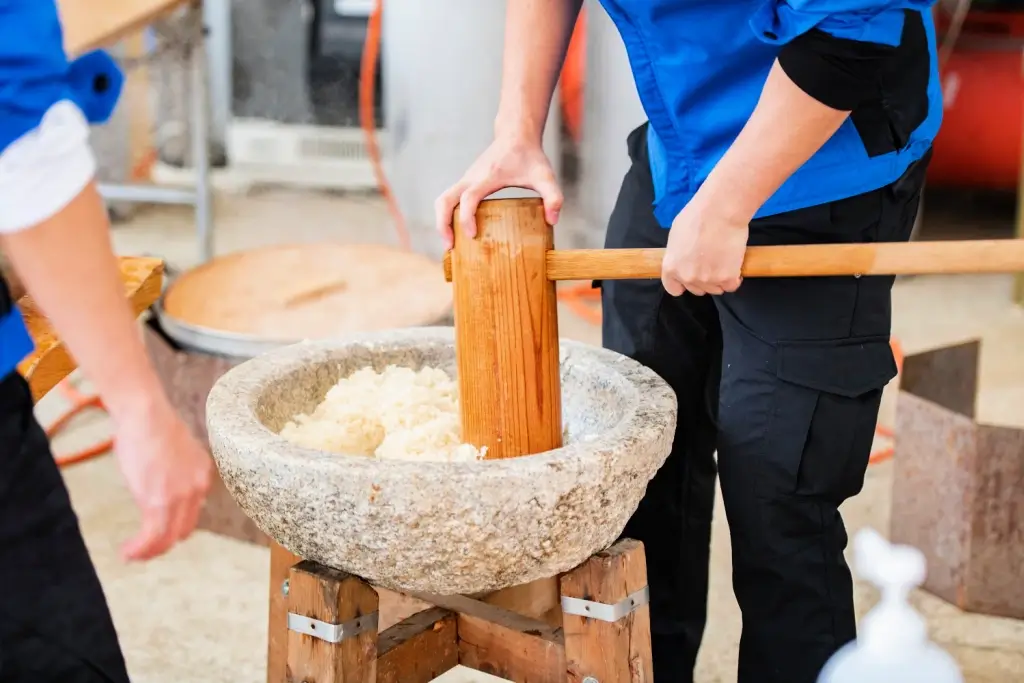
Mochi: How is Mochitsuki Made in Japan?
Mochitsuki is the Japanese tradition of pounding steamed rice to make mochi for the New Year. Families and neighbors gather to participate in this lively and meaningful tradition. The teamwork involved helps everyone feel a sense of connection.
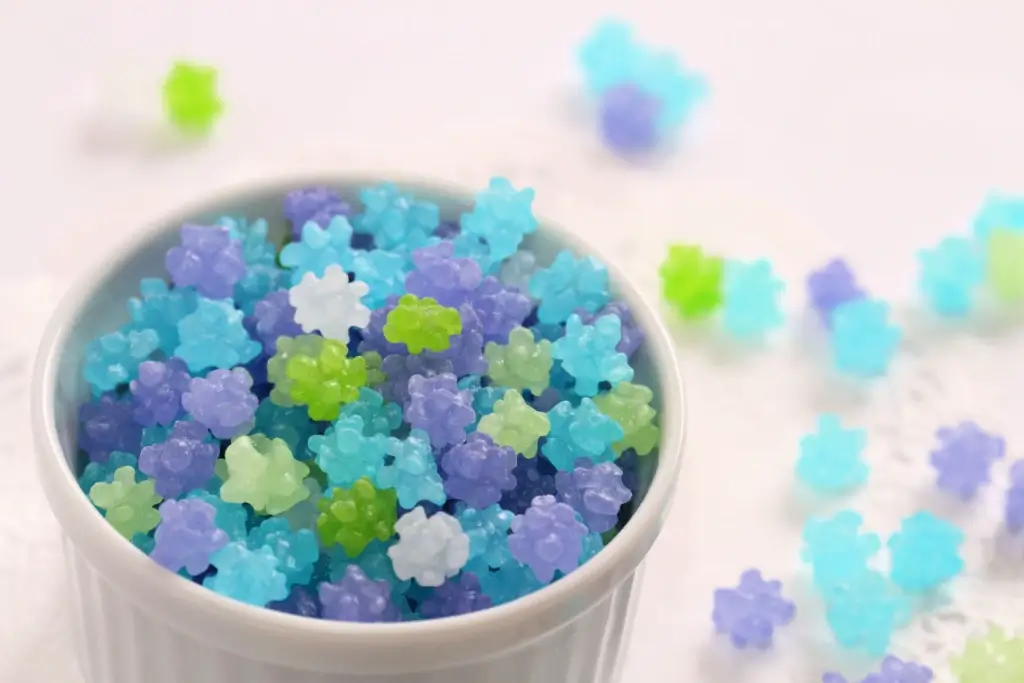
Konpeito Candy: What Makes This Starry Treat Shine?
If you are a fan of the famous Demon Slayer series, then you probably know that the favorite treat of the adorable Nezuko Kamado is those tiny, colorful little sweets.
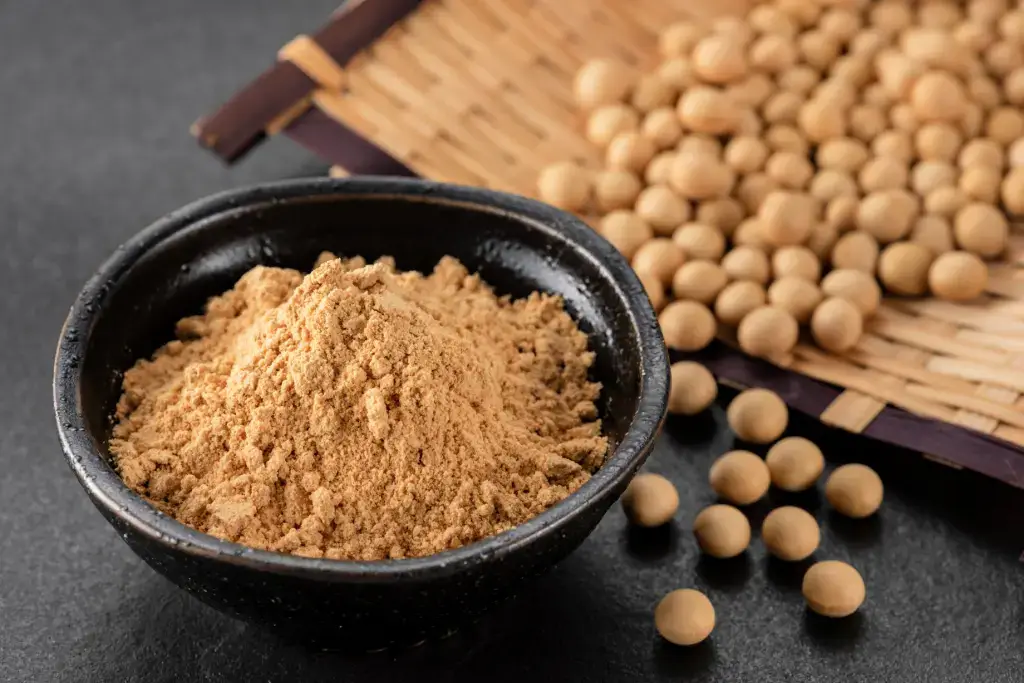
Kinako: The Amazing Roasted Soybean Powder!
Kinako is a very popular ingredient that can easily be found in many traditional Japanese sweets. It has a distinctive flavor, standing alongside other classic tastes such as red bean or sesame. Let’s explore this charming ingredient together, and who knows, you might even be able to make it in your own beloved kitchen!



